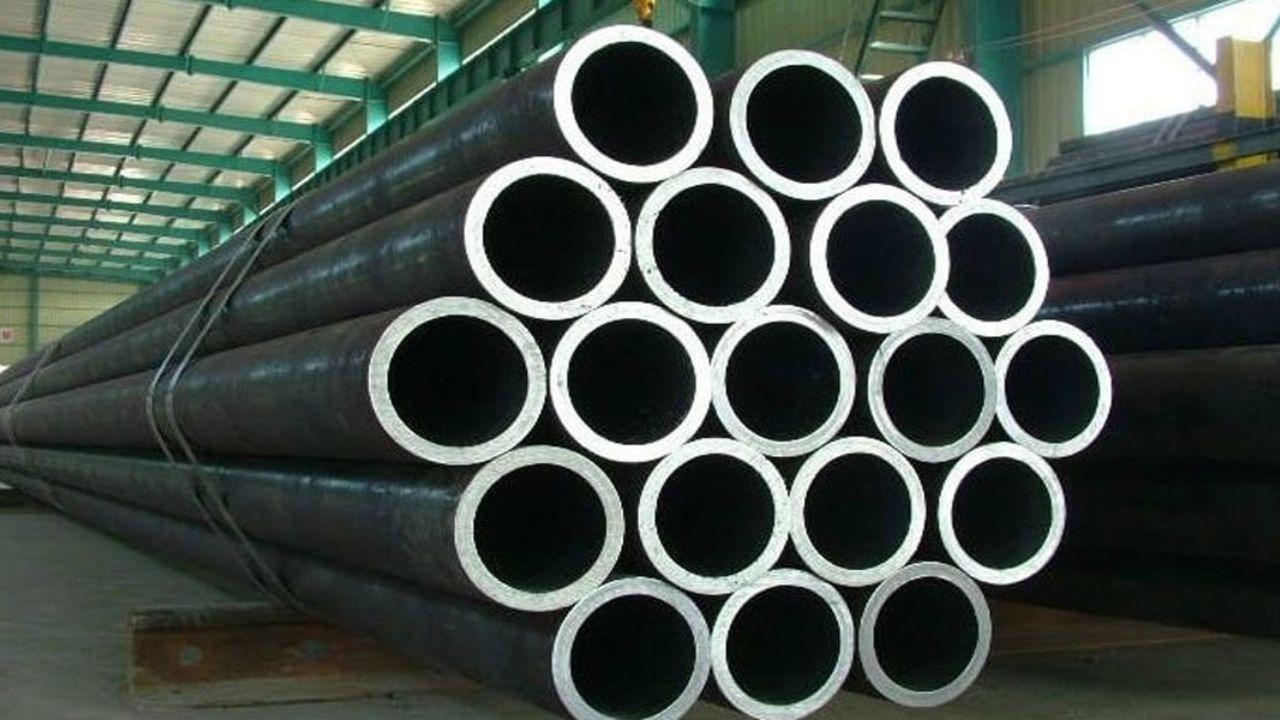Seamless steel pipes function as a fundamental building block for contemporary industrial development. These pipes serve as fundamental components across energy sectors and construction and manufacturing industries because of their exceptional mechanical properties dependable performance and adaptable design. The future of seamless steel pipes shows promising growth potential through advancements in production methods material advancements and expanded application areas. This article explains how a seamless pipe plays a vital role in industries ensuring the safe and efficient transmission of energy.
Role of Seamless Steel Pipes in Industrial Applications
The industrial sector depends on seamless steel pipes because they deliver both high performance and durability requirements. These pipes demonstrate excellent resistance to high temperatures pressures and corrosion which makes them suitable for oil and gas operations chemical manufacturing and automotive and construction applications. Seamless pipes surpass welded pipes because their production process eliminates seams which results in superior structural integrity for extreme operating conditions. Seamless pipes demonstrate an inherent structural advantage that enables them to excel in critical applications such as transporting oil and natural gas because reliability matters. The energy industry relies on seamless steel pipes to build extensive pipelines that transport oil and gas together with other fluids through long distances. Seamless steel pipes maintain essential roles in energy transmission because they withstand both high internal pressure and harsh temperatures. The global energy demand growth will heavily depend on seamless steel pipes to fulfill these requirements.
Advances in Seamless Steel Pipe Manufacturing Technologies
Manufacturing technology improvements will define the future direction of seamless steel pipes. The development of new processes stands out as an innovation that improves both efficiency and precision in seamless pipe manufacturing. Manufacturers refine traditional production methods of hot rolling and piercing to boost manufacturing velocity and achieve more uniform pipe quality. The high-frequency welding technique for steel billets enables manufacturers to produce seamless pipes that demonstrate better dimensional precision and stronger mechanical characteristics. The implementation of automation and artificial intelligence systems within production processes enables both human error reduction and operational efficiency improvement and cost reduction. Manufacturers can now achieve seamless pipes that satisfy evolving industry requirements through the combination of advanced heat treatment methods and precision tooling systems. The innovations enhance seamless steel pipe performance while simultaneously decreasing the environmental footprints of manufacturing operations.
Material Innovations Driving the Future of Seamless Steel Pipes
The future of seamless steel pipes depends heavily on the advancement of new materials. The study of alloys combined with composite materials research enables the development of seamless pipes that function effectively in challenging environmental conditions. The development of superalloys and corrosion-resistant materials aims to satisfy chemical processing industry requirements that exceed steel pipe capabilities under chemical exposure conditions. The market shows increasing interest in lightweight materials that maintain traditional steel’s strength characteristics. The automotive industry alongside others benefits from weight reduction through component optimization to achieve better performance and improved fuel efficiency. Advanced materials used to produce seamless pipes enable industries to achieve their sustainability and efficiency targets for the future. The rising market need for sustainable materials drives the advancement of seamless steel pipes. Manufacturers now use recycled steel and sustainable materials to make pipes while minimizing waste and decreasing manufacturing-related carbon emissions. The growing significance of sustainability in industrial development requires seamless steel pipes to adapt to environmentally friendly practices.
Expanding Applications of Seamless Steel Pipes
The evolution of industries drives seamless steel pipes toward new application fields. The renewable energy sector represents a major expansion opportunity among other growth areas. The worldwide transition toward renewable energy systems drives the use of seamless steel pipes for building infrastructure supporting wind power solar power and geothermal power projects. The energy industry relies on these pipes to move production fluids and gases and to support the framework of power generation systems. The construction and infrastructure sectors have started implementing seamless steel pipes to build water and sewage pipelines. The expanding urban areas and growing worldwide populations drive an increasing need for dependable infrastructure systems. Seamless steel pipes demonstrate excellent performance in demanding applications because they combine durability with resistance to harsh environments. The aerospace industry investigates seamless steel pipes for multiple applications. These pipes show promise for aircraft components and rocket system construction because they offer high strength-to-weight performance alongside extreme temperature resistance. Seamless steel pipes will likely expand their significance in developing advanced machinery and transportation systems as aerospace technology continues to advance.
Conclusion
Seamless steel pipes demonstrate a promising outlook for industrial development applications. Modern engineering will depend on seamless steel pipes because ongoing advancements in manufacturing methods and material development and new industrial applications will maintain their essential role. The seamless steel pipe industry will transform to address growing global energy requirements infrastructure needs and sustainable practice demands thus creating an advanced sustainable industrial framework. Investment in research and development maintains seamless steel pipes as key drivers of industrial innovation which will persist for multiple years ahead.
